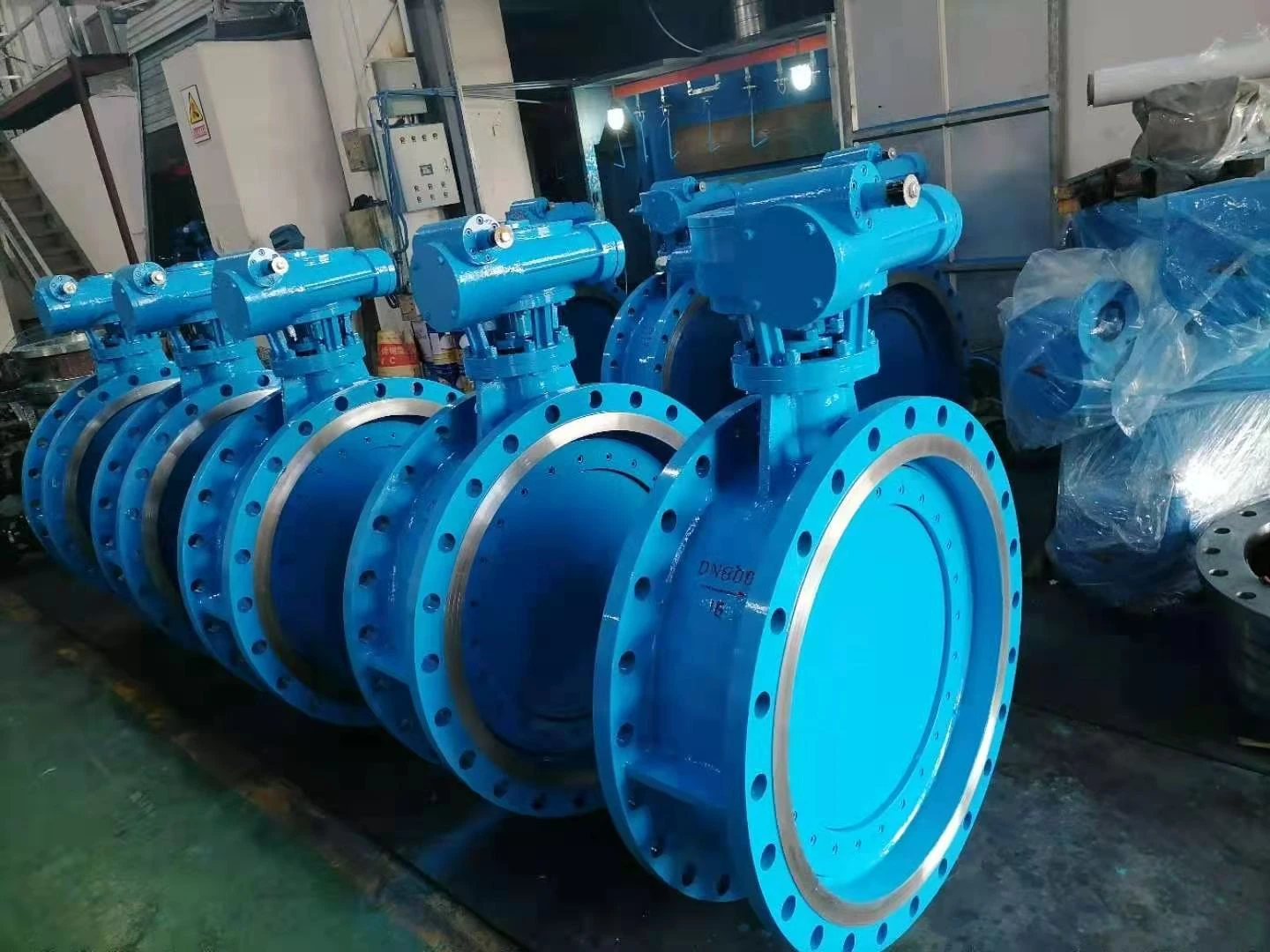Nov . 06, 2024 04:59 Back to list
Water Pressure Control Valve for Efficient Regulation and System Protection
Understanding Water Pressure Reduction Valves
Water pressure reduction valves (PRVs) are essential components in modern plumbing systems, playing a crucial role in regulating and managing water pressure to ensure efficient distribution within a building. By preventing excessive pressure, these valves protect plumbing fixtures, appliances, and the overall infrastructure from potential damage. This article explores the purpose, functioning, types, and benefits of water pressure reduction valves.
What is a Water Pressure Reduction Valve?
A water pressure reduction valve is a device installed in a plumbing system to reduce the incoming water pressure from the municipal supply or other sources to a safe and manageable level. Most homes and buildings are connected to municipal water systems that deliver water at high pressures, often exceeding 80 psi (pounds per square inch). While high pressure is necessary for efficient water distribution, it can cause several issues, including leaks, burst pipes, and reduced lifespan of plumbing fixtures. A PRV helps to control these pressures, typically adjusting them down to a more manageable range of 40 to 60 psi.
How Does a PRV Work?
The fundamental mechanism of a water pressure reduction valve is relatively straightforward. The valve consists of a spring-loaded diaphragm that responds to the pressure of the incoming water. When water flows into the valve from the supply line, the diaphragm flexes according to the pressure exerted. If the pressure exceeds the preset limit, the diaphragm pushes against the spring, closing the valve partially or fully to restrict the flow, thereby reducing the pressure downstream.
The adjustment can typically be done manually through a screw or knob, allowing homeowners or plumbers to customize the pressure according to their specific needs. Proper installation is crucial, as it ensures that the valve operates effectively and efficiently. It is also important to periodically check and adjust the valve to ensure consistent performance.
Types of PRVs
Several types of water pressure reduction valves can be used in plumbing systems, depending on the application and desired level of pressure management. The most common types include
1. Direct-acting Valves These valves are typically used in residential systems and operate through the direct pressure exerted on the diaphragm. They are simple, cost-effective, and easy to install and maintain.
2. Pilot-operated Valves More complex than direct-acting valves, pilot-operated valves are often utilized in commercial and industrial settings where larger flow rates are necessary. These valves use a secondary pressure sensing mechanism to control the flow, providing better performance under variable conditions.
water pressure reduction valve

3. Pressure Reducing Stations In larger systems or for critical applications, a pressure reducing station may be employed. This involves multiple valves working together to manage water pressure efficiently across several lines or systems.
Benefits of Using Water Pressure Reduction Valves
The installation of PRVs offers numerous benefits, including
- Protection of Plumbing Systems By regulating water pressure, PRVs help prevent damage to pipes, fittings, and appliances, ultimately extending their lifespan.
- Improved Water Flow Maintaining optimal water pressure ensures consistent flow rates to faucets, showers, and other fixtures, enhancing the overall water usage experience.
- Energy Efficiency Lower water pressure reduces stress on hot water heaters and other appliances, leading to energy savings and lower utility bills.
- Prevention of Water Waste By minimizing excessive water flow and pressure, PRVs help reduce wastage, supporting conservation efforts.
- Cost Savings The prevention of leaks and damage ultimately translates to savings on repairs and water bills, making PRVs a wise investment.
Conclusion
Water pressure reduction valves play a vital role in protecting plumbing systems while ensuring efficient water distribution. With the range of available options, it is essential to choose the appropriate valve based on specific requirements—and professional installation is highly recommended to optimize functionality. Understanding the importance and benefits of PRVs can help homeowners and building managers make informed decisions, leading to safer, more efficient plumbing systems. A PRV is not just a mechanical component; it is a safeguard for your water supply system, ensuring peace of mind and protection against potential plumbing disasters.
-
Right Angle Ruler Innovations in Measuring ToolsNewsJul.18,2025
-
Parallel Ruler Maintenance for Long-Term AccuracyNewsJul.18,2025
-
Magnetic V Block 4 Inch Cost Effectiveness AnalysisNewsJul.18,2025
-
Internal Thread Gauge Innovations for Faster InspectionNewsJul.18,2025
-
Ground Anchor Applications in Construction and LandscapingNewsJul.18,2025
-
Butterfly Valve Types StandardsNewsJul.18,2025
Related PRODUCTS









